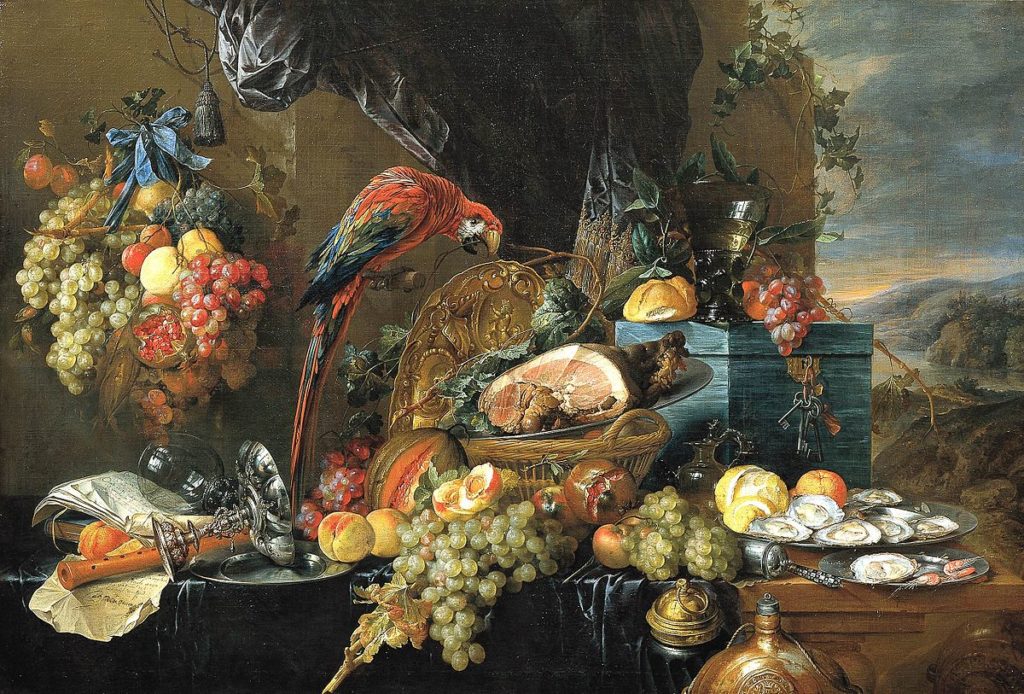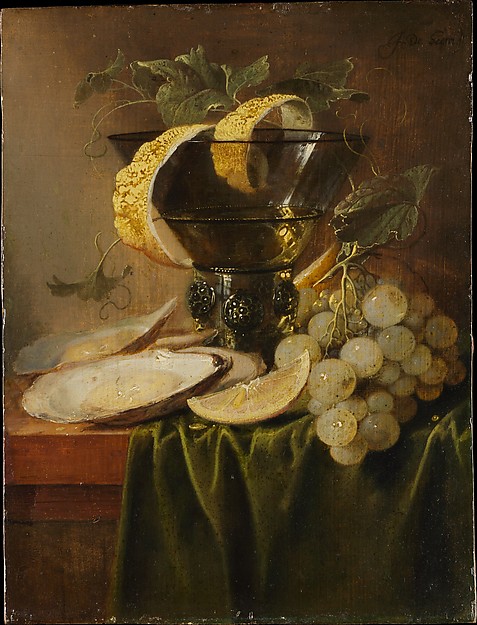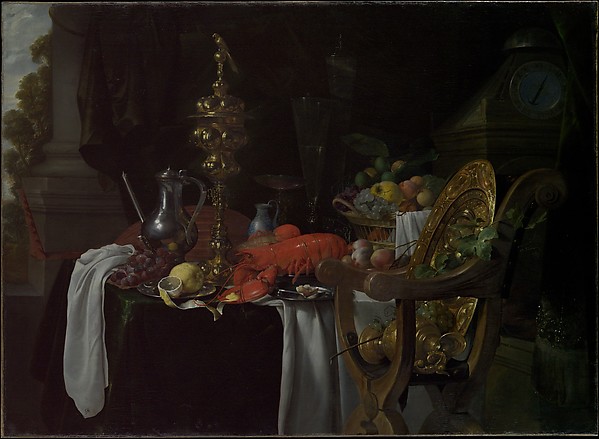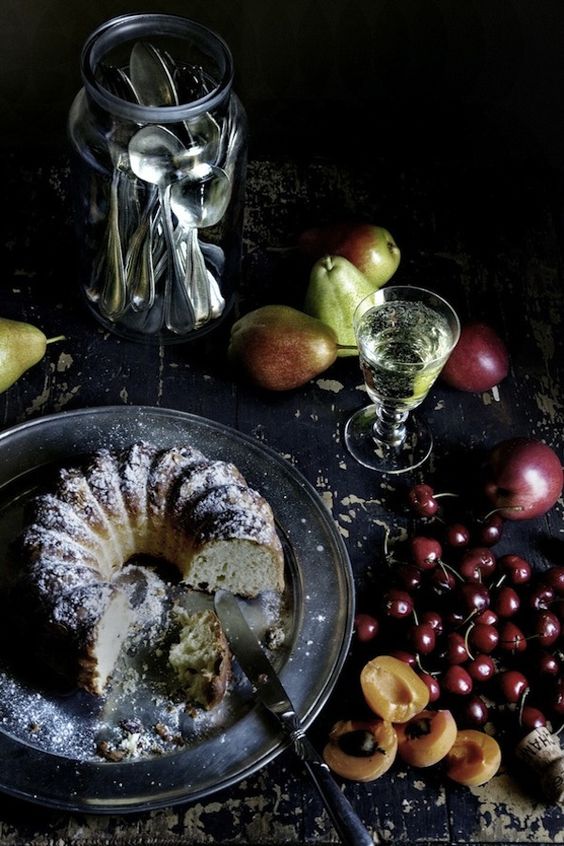The Potato in Fine Art
Do you prefer your potatoes in a landscape or in a still life or in a stew? Come with me on a tour of the humble potato in art.
Candy Bedworth 16 October 2024
Carefully arranged plates of food surrounded by carefully planned out backgrounds, images with hidden meanings, a snapshot of wealth… What may sound like an average display of life through our modern-day social media accounts is actually a well-curated still-life from the 17th-century Dutch Golden Age, known as a pronkstilleven (the term refers to a very ornate and ostentatious still-life painting, developed in the mid-17th century Dutch Republic).
These pronkstilleven or still-life paintings are an early form of social documentation in which the audience is invited to look past the surface and see what Paul Claudel has labeled as “a coming apart”, a look into how there is always a different narrative than what we may be able to see in front of us.
Dutch still-life paintings are a genre which grew out of a prospering and ever-fluctuating trade industry and economy. This ca. 1655 pronkstilleven by Jan Davidsz. De Heem, aptly titled A Richly Laid Table with Parrots, depicts multiple items traded during the Dutch Golden Age. Besides a richly decorated table, the artist treats the viewer to a beautiful landscape which sits just behind dark drapes. Not only do the objects on and off the table contain hidden meanings, they also represent the world outside the framework of the painting itself; the areas of the world where these items came from originally. Likewise, the following two paintings shown below, both credited to de Heem, exhibit a sense of wealthiness experienced by the Dutch during this time.



So, how does all of this apply to modern-day social media? Well, besides the change from oil paintings to photography, are we not just expressing our material life in the same way? Type #stilllife into the Instagram search bar and you will find thousands of images like this – images meant to showcase a positive aspect of our lives.
These meticulously curated images on our social media accounts show the world what is important to us. But what about what lies just outside the frame? Is that not more so the truth the world knows about but chooses to ignore in place of a happy, clean, or neatly cultivated aesthetic?


DailyArt Magazine needs your support. Every contribution, however big or small, is very valuable for our future. Thanks to it, we will be able to sustain and grow the Magazine. Thank you for your help!